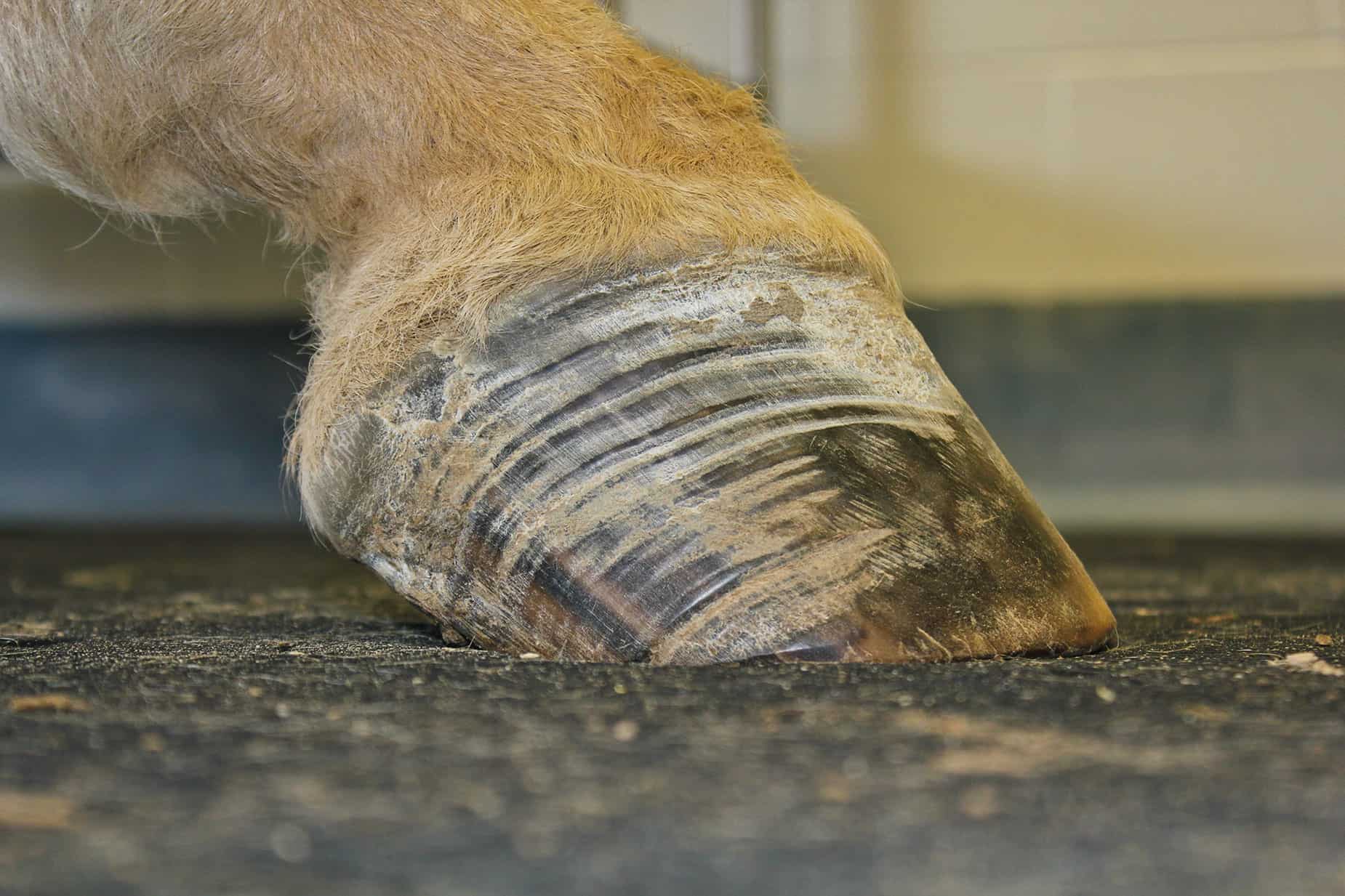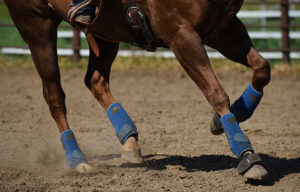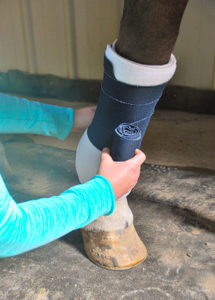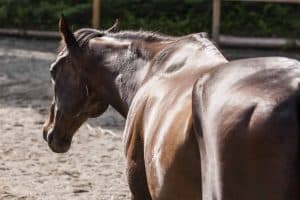Diet, Hoof Care Critical in Preventing, Treating Laminitis
- Topics: Article, Hoof Care, Hoof Problems, Laminitis (Founder)

Laminitis affects the feet of hoofed animals, mostly horses and cattle, and can be life-threatening if untreated, said Debra Taylor, DVM, MS, Dipl. ACVIM, an associate professor in the Department of Clinical Sciences and an equine podiatry veterinarian.
“It is a catastrophic disease that causes loss of use (and) severe pain, as well as loss of life to a lot of horses,” Taylor said. “It is also an age-old struggle for horse owners, farriers and veterinarians—prevention is the key, through client education, animal diet, and exercise.”
Clinical signs include hoof pain and increased digital pulses progressing to inability to walk. Disease progression can lead to perforation of the coffin bone through the sole of the hoof and extreme, unmanageable pain that ultimately requires euthanasia
Create a free account with TheHorse.com to view this content.
TheHorse.com is home to thousands of free articles about horse health care. In order to access some of our exclusive free content, you must be signed into TheHorse.com.
Start your free account today!
Already have an account?
and continue reading.
Written by:
Edited Press Release
Related Articles
Stay on top of the most recent Horse Health news with















